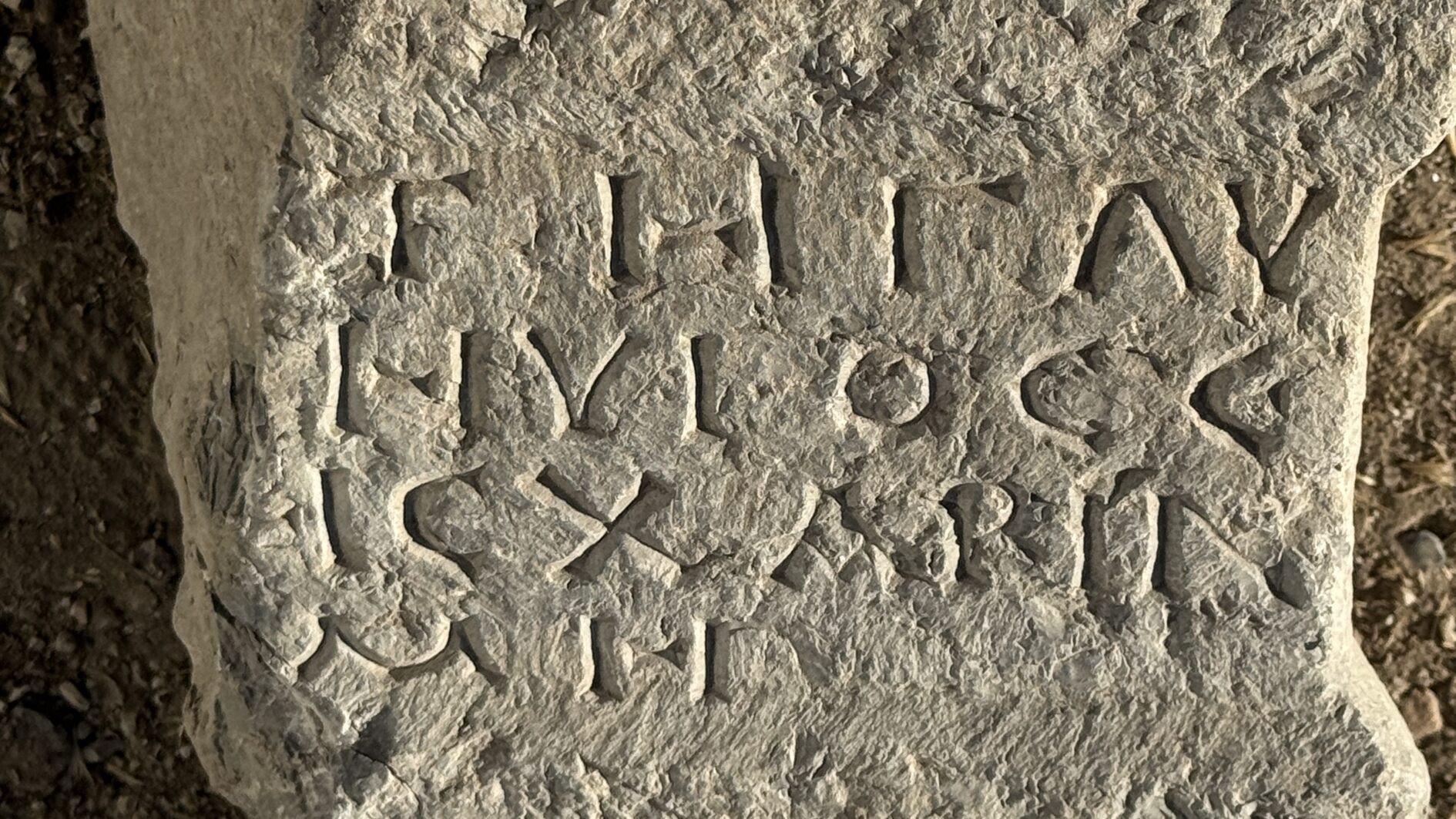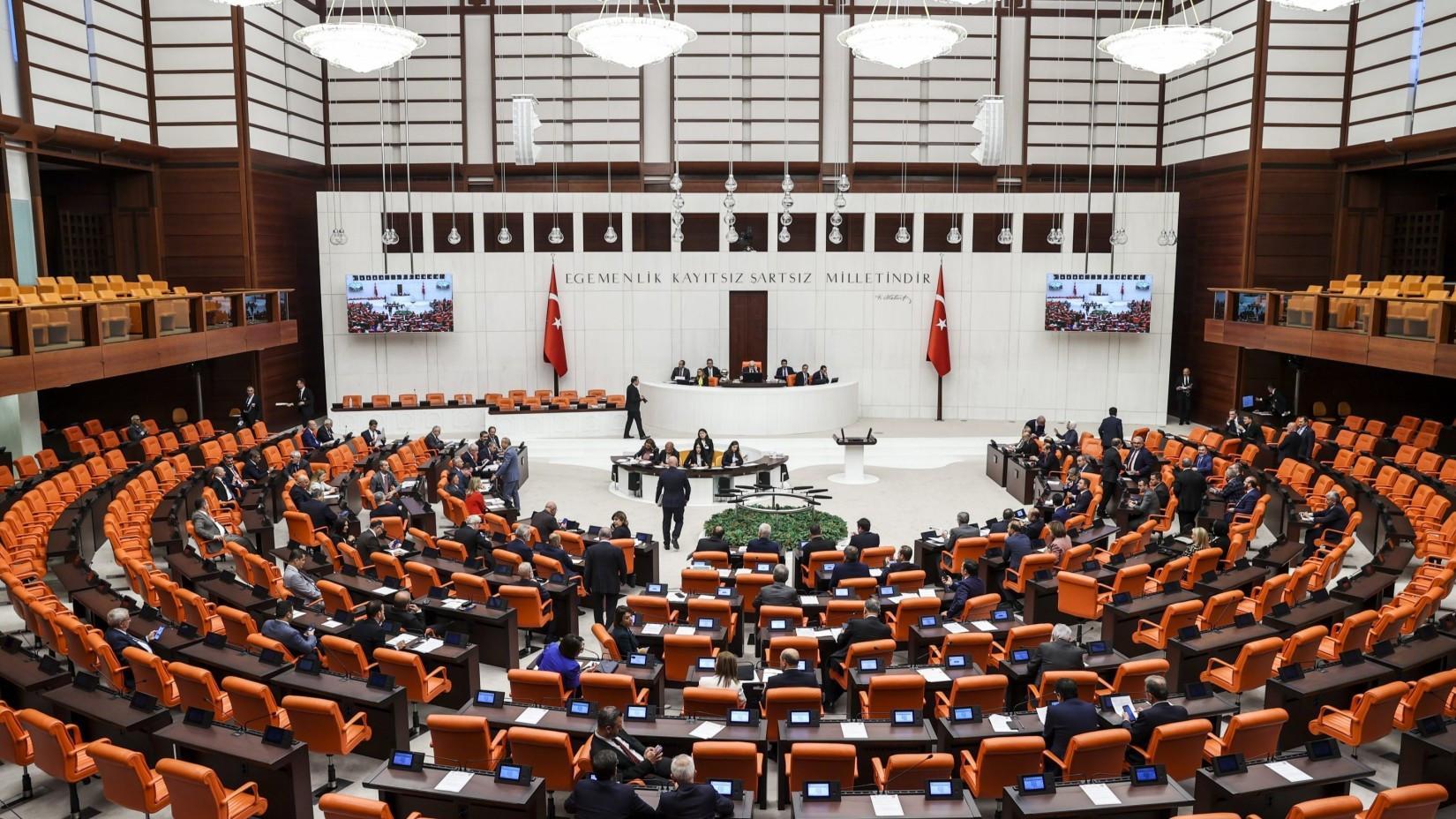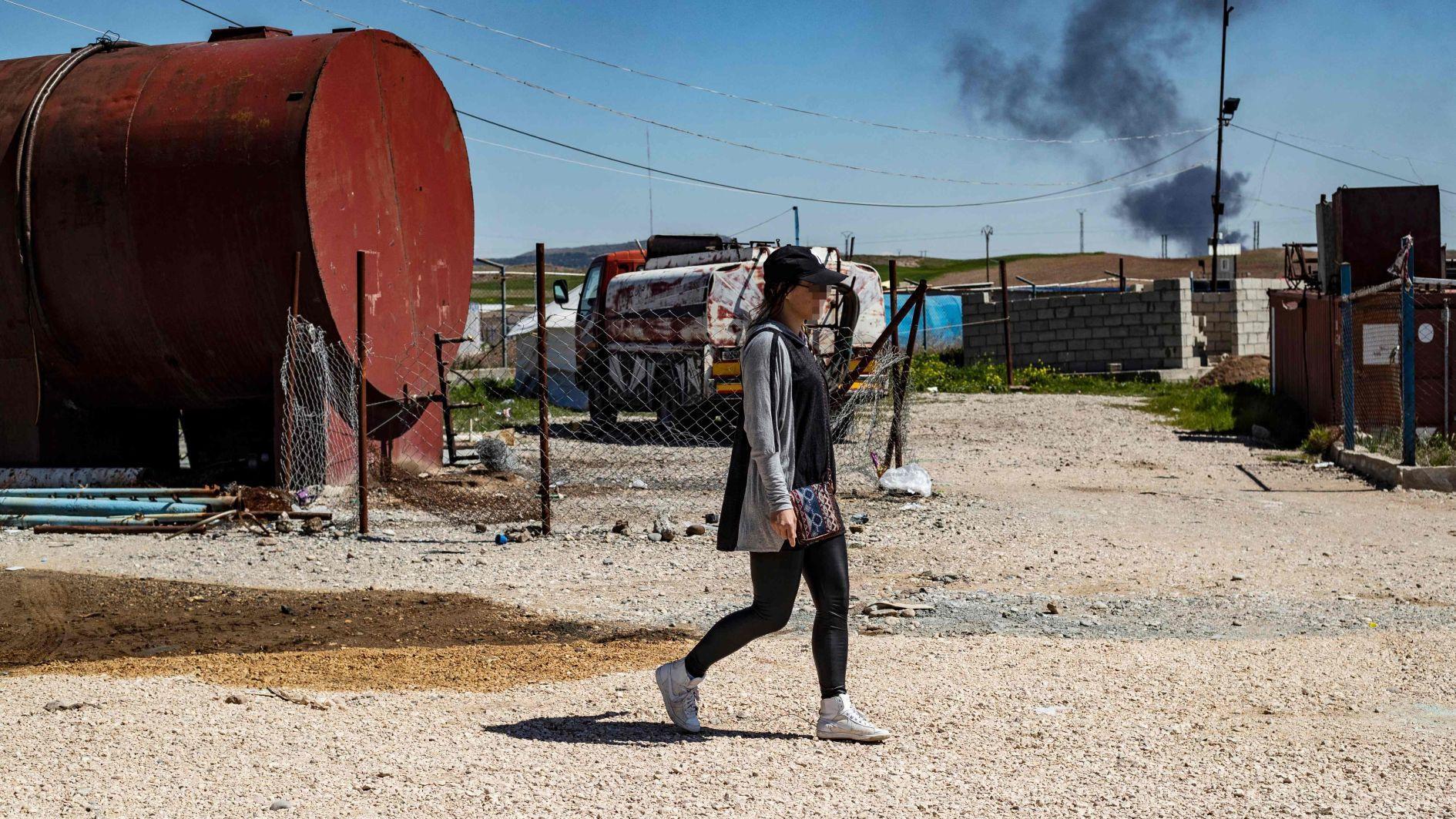Ancient inscriptions shed light on Sebastopolis’ past
TOKAT

Archaeologists have discovered three inscriptions during this year’s excavations at the ancient city of Sebastopolis in the northern province of Tokat's Sulusaray district.
The ancient city, located about 69 kilometers from Tokat’s city center, was incorporated into the province of Cappadocia during the reign of Roman Emperor Trajan (A.D. 98–117), having previously belonged to the provinces of Pontus Galatius and Polemoniacus.
Once one of the five major cities along the Black Sea coast, Sebastopolis was known for its prosperity and was among the few cities of its time with the authority to mint its own coins. However, over the centuries, the city declined due to wars, natural disasters and changes in trade routes.
Archaeological work at Sebastopolis began in 1987 with trial excavations by the Tokat Museum Directorate and continued as rescue excavations until 1990. After a two-decade hiatus, excavations resumed in 2010. Much of the city remains buried beneath the modern town of Sulusaray, home to around 3,500 residents, where expropriation of the houses above the site is still underway.
This year’s excavations were carried out under the supervision of the Tokat Museum Directorate, with the participation of Associate Professor Davut Yiğitpaşa of the Archaeology Department at Ondokuz Mayıs University. The work was completed three weeks ago.
Yiğitpaşa said two excavation areas were explored this year. So far, archaeologists have uncovered structures dating to the Late Roman and Early Byzantine periods, including a mosaic-floored apse building decorated with vegetal, geometric and figural motifs, as well as a Roman-era wall and bath, and Byzantine-era church and tombs. Other finds include columns, bases, capitals, pithoi, architectural fragments, brick pieces, a marble table leg shaped like a lion’s head, coins and various small artifacts.
Yiğitpaşa said this season’s main goal was to reveal the architectural features of a church in hopes of restoring it for tourism. “We also found three inscriptions during the excavations, one of which is a tombstone. Our studies on these are ongoing, and we will soon begin their analysis,” he said.
One of the inscriptions appears to belong to a child’s tomb, Yiğitpaşa said. “It contains the phrase ‘the sweetest,’ reflecting the grief and affection of a family mourning their child. It is written in the Greco-Roman style,” he explained. “Another inscription is an honorary text, though some letters are faint. It includes a city name, which is unfortunately broken and unreadable, and the name Nektaton, which may indicate an affiliation.”
Yiğitpaşa added that the third inscription mentions Emperor Constantine I. “It likely dates to the early fourth century and includes the phrase ‘unconquered Constantine,’ which makes it a significant find for us,” he said.















